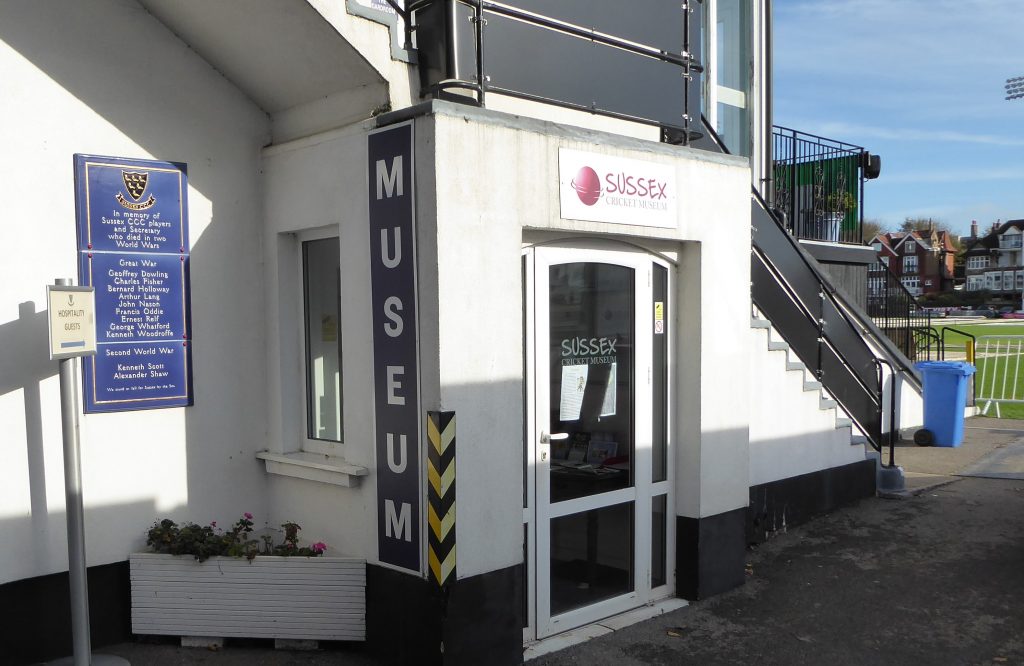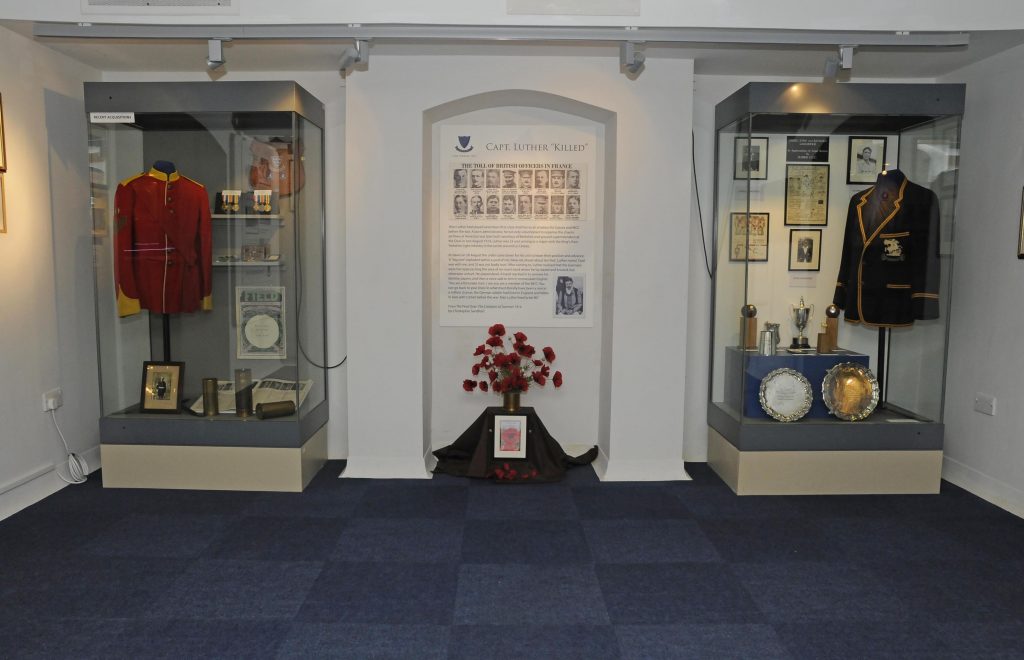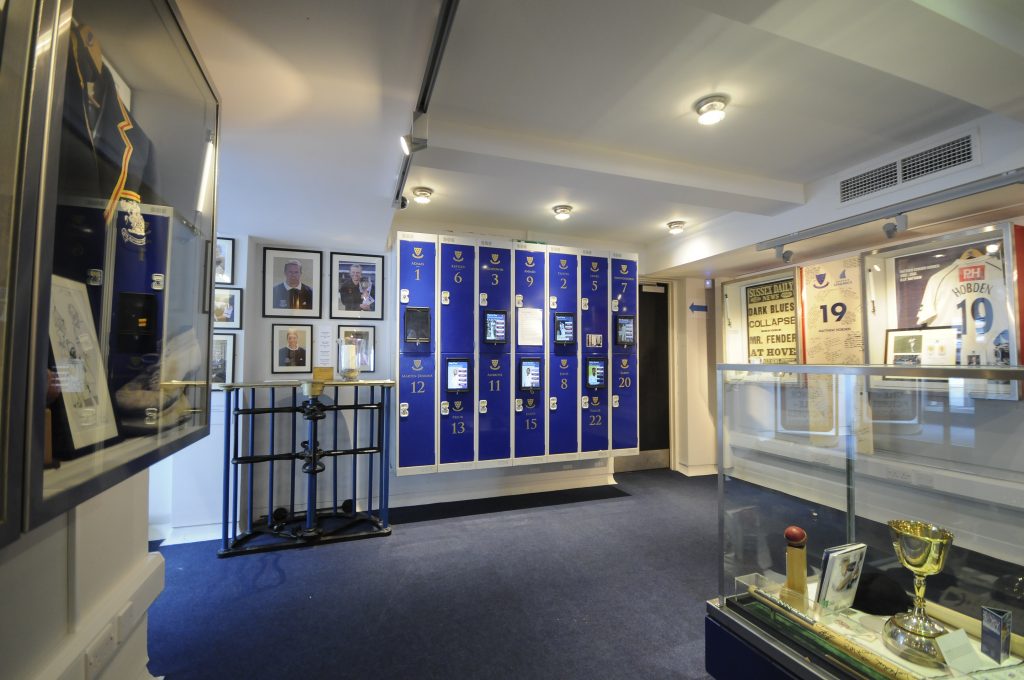One of the finest cricket museums on the county circuit
The Sussex Cricket Museum is now well established and considered to be one of the finest on the county circuit. How it all came about is a fascinating story and owes much to the intense and dedicated efforts of its current curator, Rob Boddie, who has voluntarily acted as Librarian, Archivist and custodian of the club’s artefacts, pictures and memorabilia for some 25 years.
But first, we need to briefly outline the governing structure, and how this came into existence. The Museum is actually held within a Trust, which is entirely separate and divorced from the county club, Sussex Cricket Ltd. It is self-administered and financed. The Sussex Museum and Educational Trust is a company limited by guarantee (No. 07023719) and was incorporated on 18th September, 2009. Furthermore, it was granted charitable status under the Charities Act 2006 (No 1132996) on 26th November, 2009. Its principal object is to advance the education of the public in the history and development of cricket by establishing a museum for the permanent exhibition and preservation of items of educational and/or historical value, and particularly in regard to Sussex cricket.


Opened in 2011
The Museum was formally opened in its current location in the vaults of the main pavilion in 2011, but interestingly it had already enjoyed a similar event in 2008 in temporary premises near the entrance to the ground in Eaton Road. Hugh Griffiths, formerly Chief Executive Officer of Sussex CCC, and latterly ‘Liaison Officer’ assumed the title of ‘Museum Secretary’.
The facility was created as the result of a metamorphosis from the original long-established library. Rob Boddie had been appointed Honorary Assistant Librarian in 1995, and graduated to official Honorary Librarian in 1997. Throughout his years in this capacity he was aware of the vast array of historical items scattered around the Hove ground, and in locations elsewhere, and sought to catalogue and accumulate the collection. He did this with the help of a number of willing volunteers, including Norman Epps, Nicholas Sharp and Rupert Webb. Later, Jules Middleton was proactive in assisting in creating archive material and newsletters for members. In addition, with demanding requests from coaches, Peter Moores and Mark Robinson, for pictures and artefacts to be displayed in the pavilion, Rob’s role was surreptitiously converted to ‘Archivist’, and then later to ‘Curator’. A gradual change from lending library to museum was taking place relatively unnoticed.
Rob Boddie’s concerns
Around the same time in 2008, an occurrence elsewhere caused Rob Boddie severe concerns about the long- term safety and possible loss of the club’s historical artefacts. He consulted David Stoner, a Vice President of the club, and former Honorary Treasurer of Sussex CCC. David was one of Rob Boddie’s many supporters, and he suggested that all the memorabilia, pictures and books needed to be ring fenced into a trust to ensure that they would be preserved for future generations of cricket aficionados. David took it upon himself to seek legal advice and also notified certain Board members of Rob’s worries, and it was from this embryonic moment that formation of a designated trust commenced. In addition to David Stoner, a working party comprising Hugh Griffiths, Steve de Clermont (a Sussex member and collector), and Ashley Brown (also a Sussex member, but a Project Leader with the National Trust) entered the detailed negotiations, which ultimately resulted in the structure we have in place today. This was fully approved by the Sussex CCC Board, and David Bowden as their representative was included in the discussions, and was fully supportive.
David Stoner

